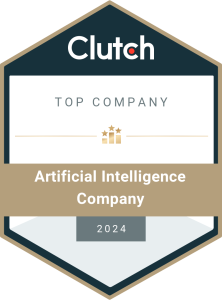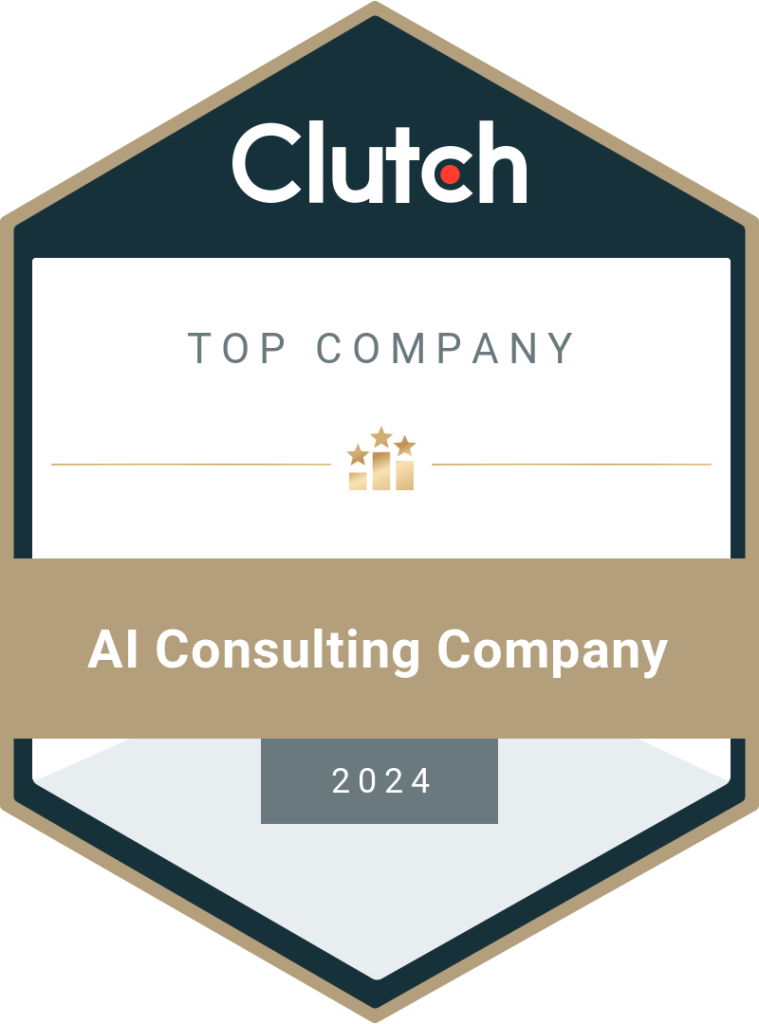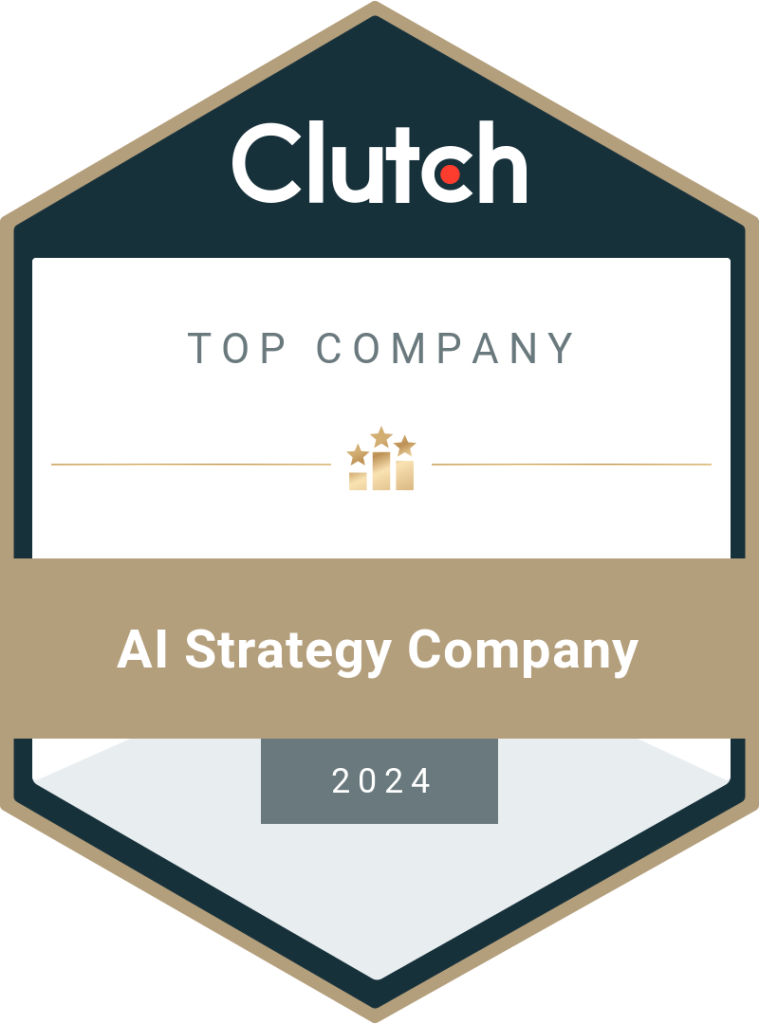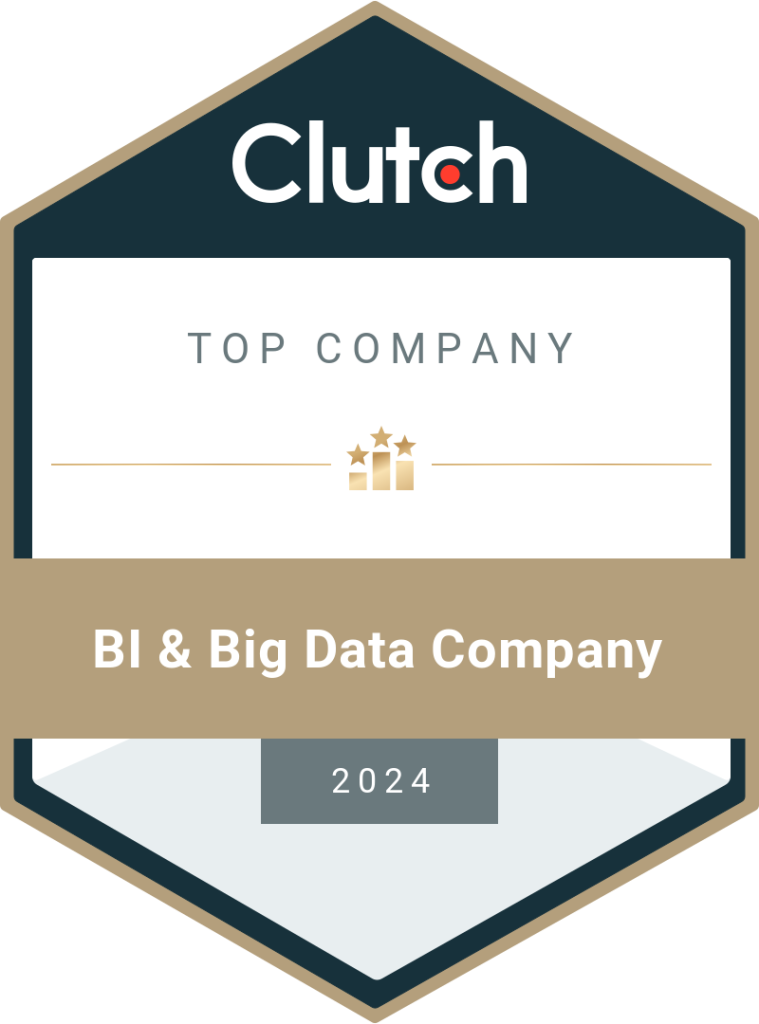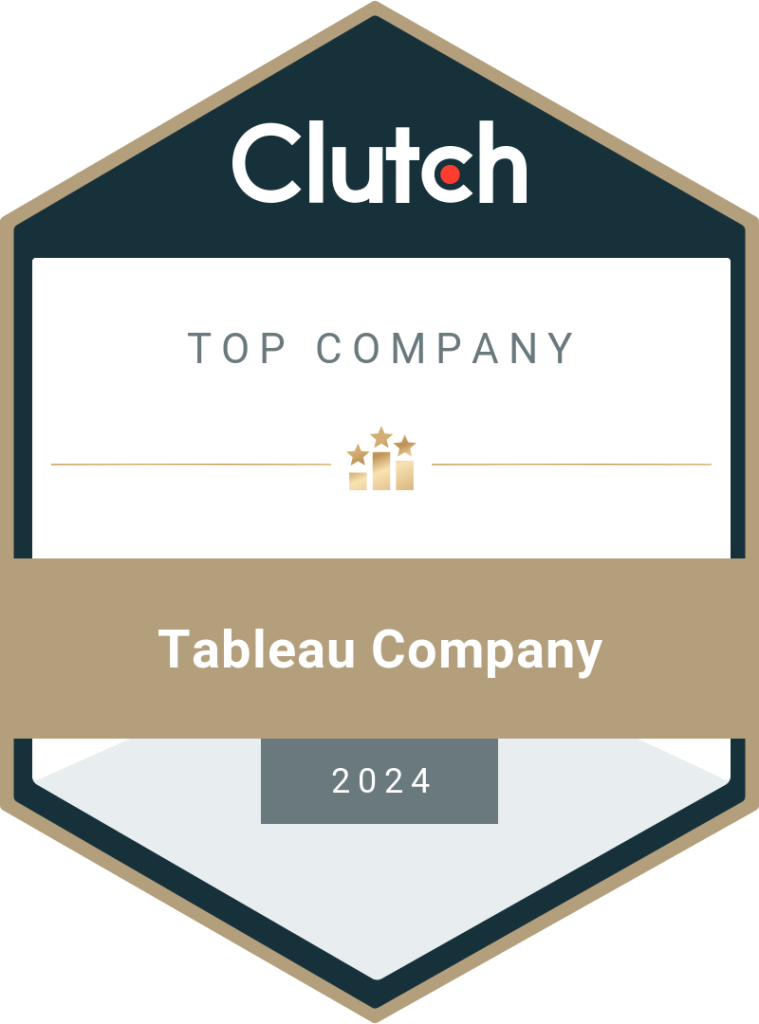How Can AI Transform Wealth Management?
A Gartner report suggests that by the end of 2024, nearly three-quarters of companies will shift from pilot to operational AI. Artificial Intelligence has been changing the dynamics of different industries. And the finance industry is no exception here. AI is also fast becoming an integral part of wealth and asset management companies. Financial advisors or wealth managers have been providing effective investment solutions to the wealthiest individuals and businesses for ages now. Yet, according to eMarketer: 37% of clients worldwide prefer their fund managers to choose hybrid advisory engagement for leveraging automation in wealth management. Thus, managers are adopting artificial intelligence in wealth management for advanced projects. It also helps them provide enhanced customer experience, investment decisions, and risk management. How Does AI Help in Asset Management? Several financial institutions and wealth managers are discussing AI and its soaring benefits. Yet, a lot are reluctant to invest in AI for asset management. As asset means large holdings, it also means significant responsibility. This is where AI asset management can support managers in many facets. Automating Task Artificial intelligence is becoming a valuable addition to wealth management. It can help identify trends in market performance and suggest portfolio composition. Furthermore, AI can help automate tasks such as investment research and portfolio management. This analysis helps to reduce costs for clients. It also increases the accuracy and timeliness of the advice provided. AI asset management can result in tremendous innovations which would not happen otherwise. It can also encourage tech-savvy strategies for managers to deliver value. Thus, wealth managers can make a client’s financial journey more successful. Improved Decision Making Wealth management is a complex and challenging task. It requires the manager’s ability to make sound judgments about financial investments. This is where AI comes to their rescue. It offers immense potential to automate and streamline processes for advisors. It also supports them with insights that may not be able to detect. For example, an AI-powered platform can scan large data sets and identify trends. These custom-made platforms are particularly designed by AI companies to provide greater efficiency and accuracy in investment decisions. Thus, improving decision-making. Identifying Risk The use of artificial intelligence is gaining much popularity. This is because AI in investment management can identify risk in a portfolio. Also, it helps in offering suggestions for improvement. With this, advisors can ensure that a client’s money is being managed responsibly. And also avoid putting them at risk for financial instability or loss. It also provides guidance on best practices for saving and effective investment strategy. Data Insights AI can support managers identify integral data points. These include account balances and transactions. Further, advisors can manage their client’s data, identify patterns, and predict future behavior. This allows advisors to provide better service and recommendations. Also, make better investment decisions and stay ahead of the competition. It also helps advisors find new customer segments and identify fraudsters. Can AI Replace Fund Managers? There is no doubt that the incorporation of AI is revolutionary and it accelerates the overall functioning of asset management. It also makes data processing and investment strategizing proficient. However, a complete replacement of manual labor with machine learning might not be the future. The reason is, that artificial intelligence needs to undergo certain scrutiny and security assessment to make these solutions reliable. We also need businesses to develop a sturdy infrastructure that welcomes innovations for optimum usage. Regardless of AI’s advantages like higher efficiency, and reduced speed, complete replacement wouldn’t take place. Where and How to Adopt AI in Wealth Management? If you want to get started with artificial intelligence in wealth management, there are a few things that every manager must analyze before starting. Hence, by automating tasks and providing personalized recommendations, AI can support managers in providing efficient portfolio management with wiser recommendations. Advisors who embrace AI will be in a competitive position and offer quality services.
Read More
